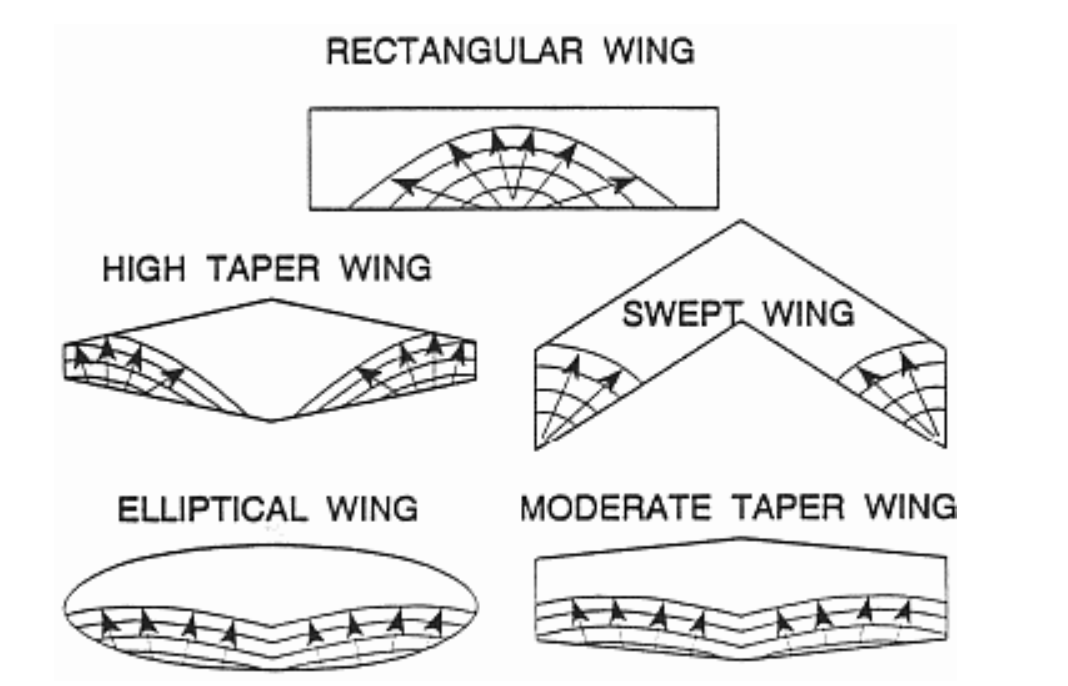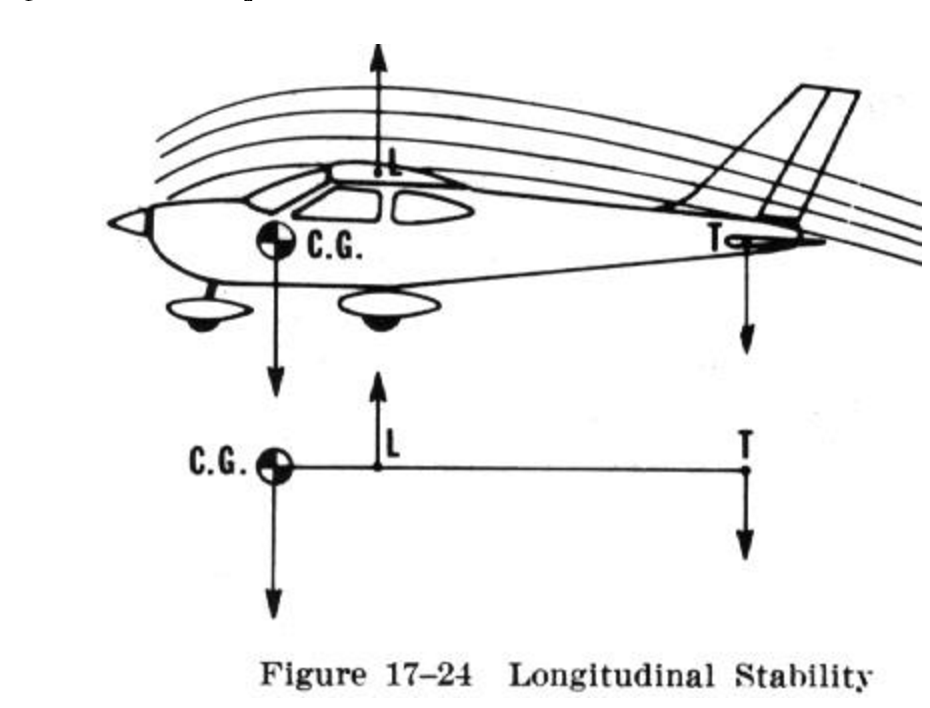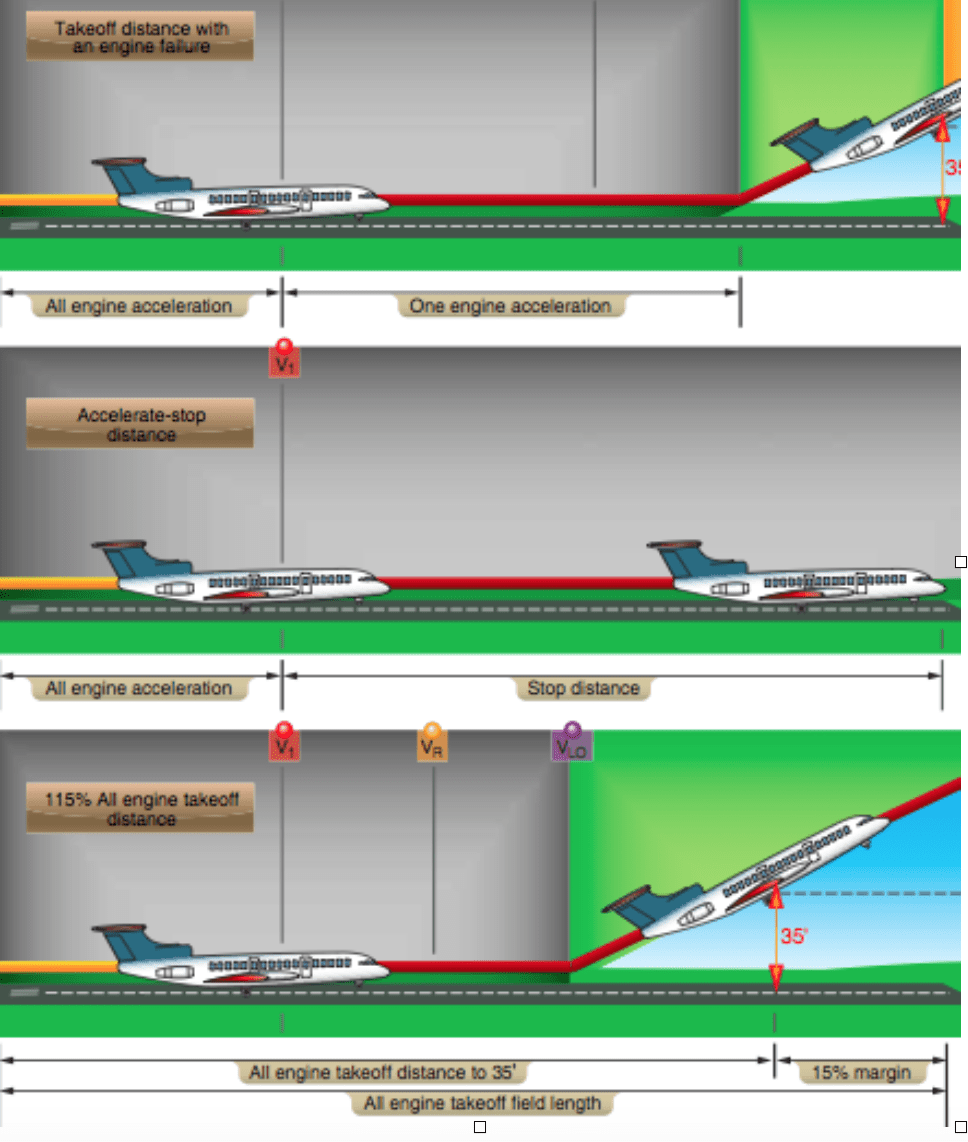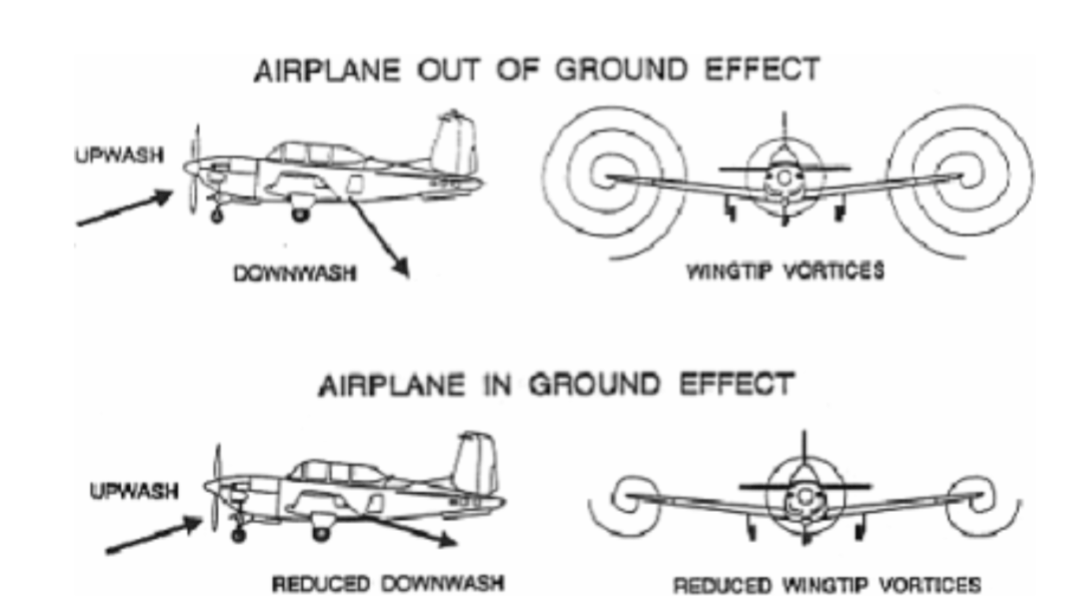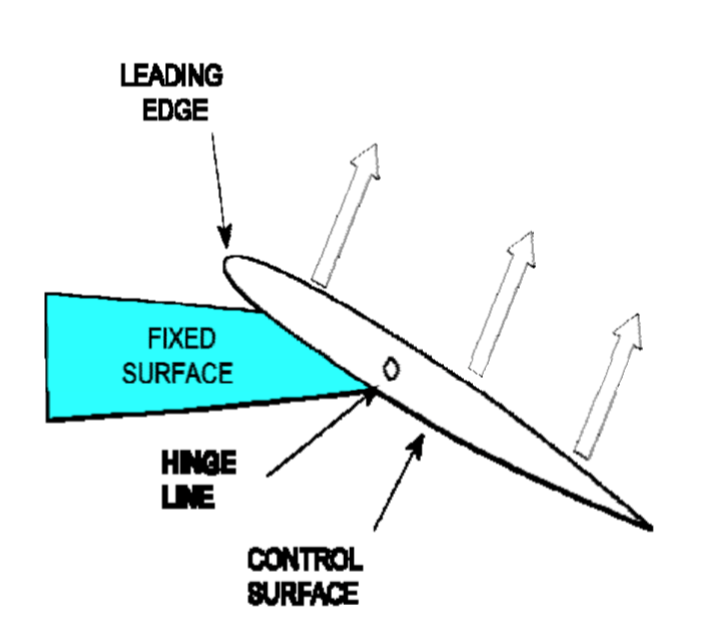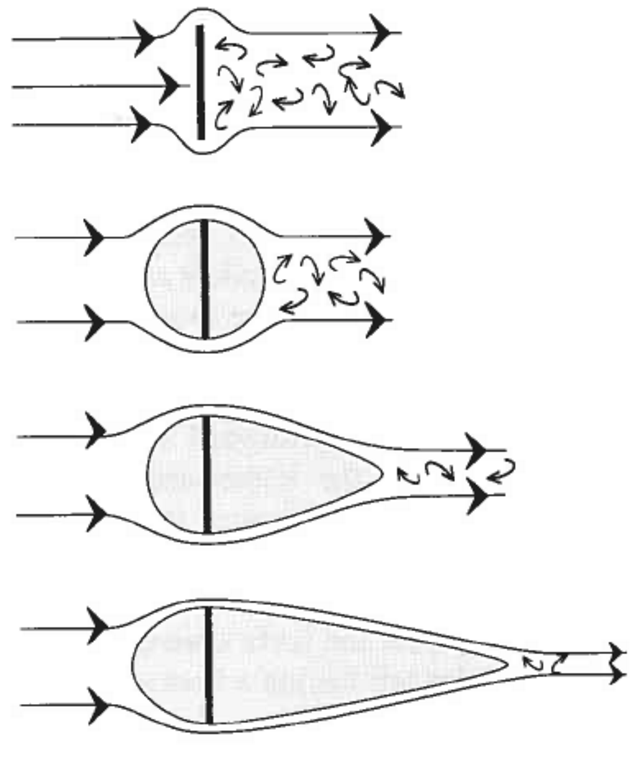
Drag Reveiw
admin@readysettakeoff.com

Related Articles
-
Stall Pattern and Wing Design
Jet Brain, , Aerodynamics, 0
You are unauthorized to view this page. Please login your credentials Username Password Remember Me Forgot Password
-
Wing Dihedral
Jet Brain, , Aerodynamics, 0
You are unauthorized to view this page. Please login your credentials
-
Stalls
Jet Brain, , Aerodynamics, 0
You are unauthorized to view this page. Please login your credentials
-
Longitudinal Static Stability
Jet Brain, , Aerodynamics, 0
You are unauthorized to view this page. Please login your credentials
-
Takeoff Performance
Jet Brain, , Aerodynamics, 0
You are unauthorized to view this page. Please login your credentials
-
Landing Performance
Jet Brain, , Aerodynamics, 0
You are unauthorized to view this page. Please login your credentials
-
Aerodynamic Balance
Jet Brain, , Aerodynamics, 0
You are unauthorized to view this page. Please login your credentials
-
Basic Aircraft Review
Jet Brain, , Aerodynamics, 0
You are unauthorized to view this page. Please login your credentials

